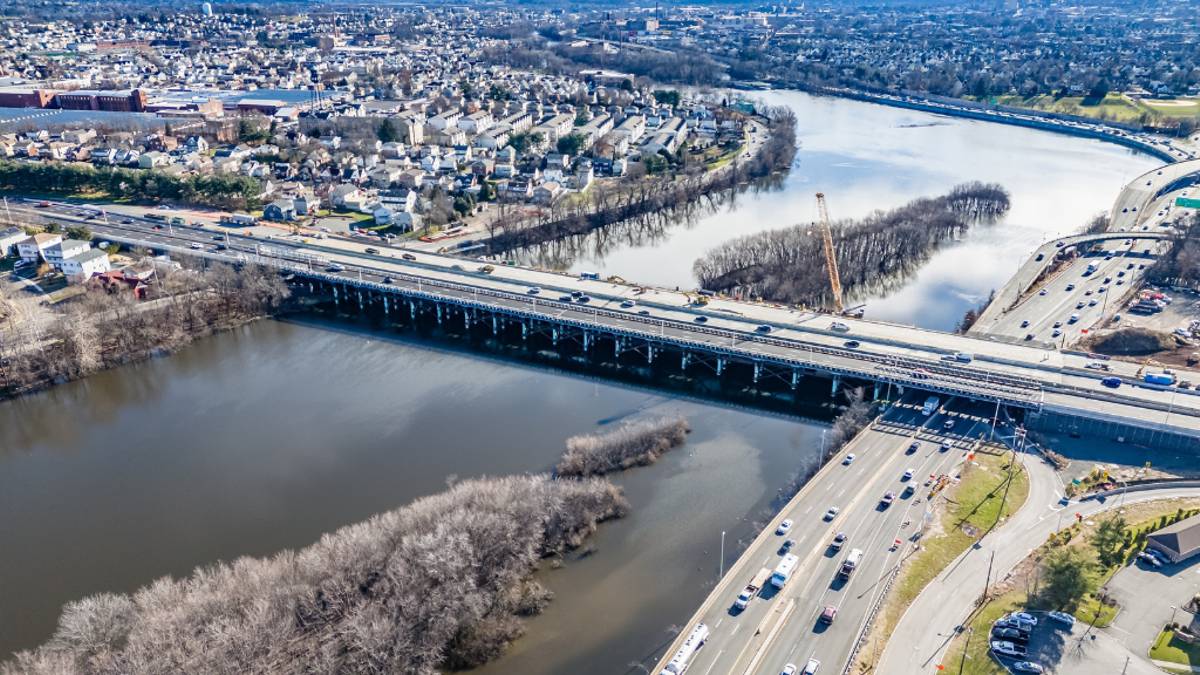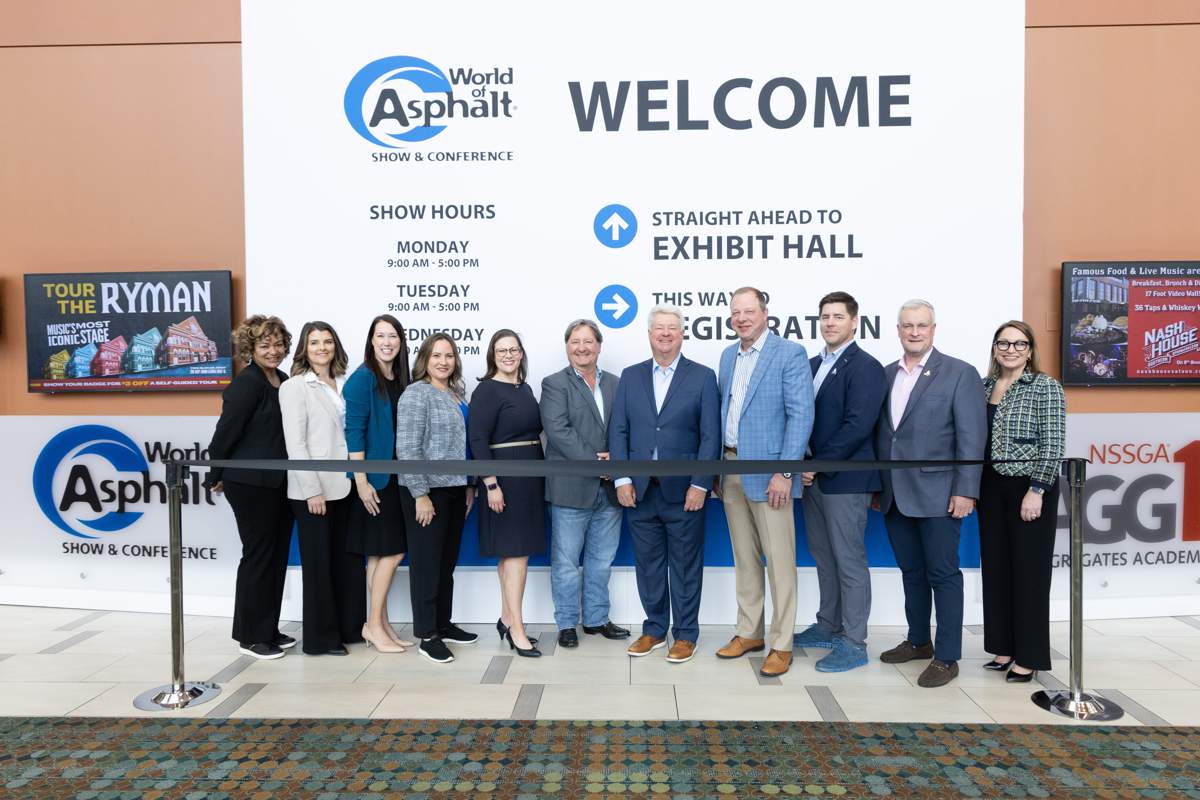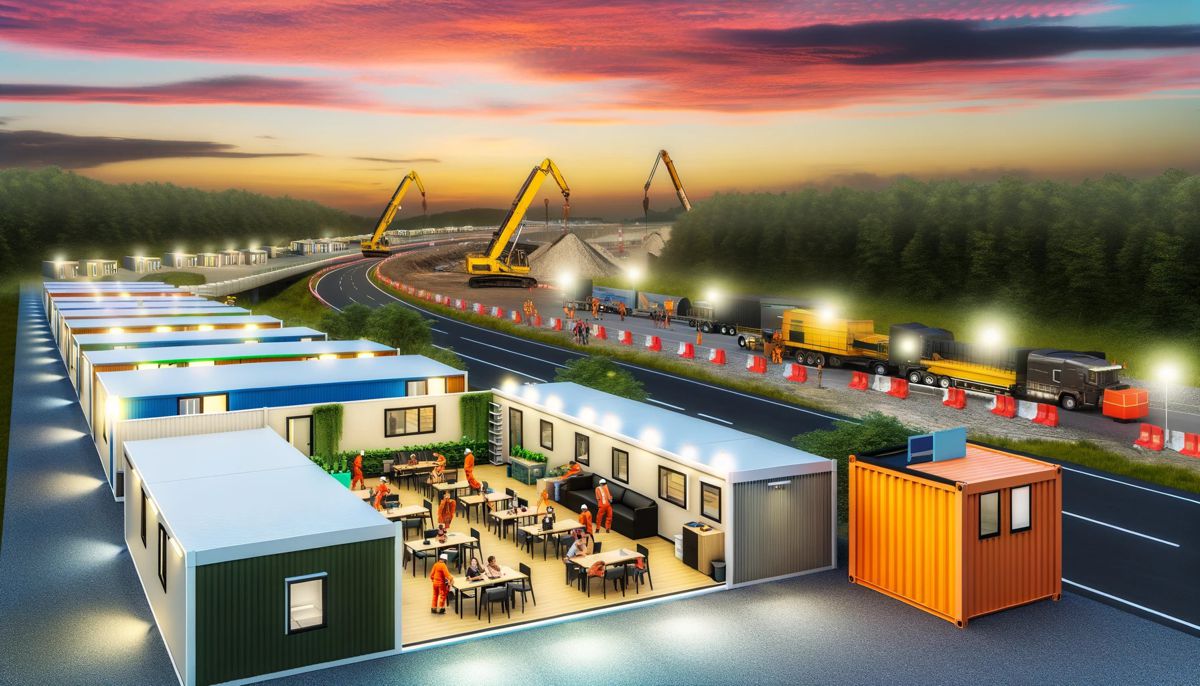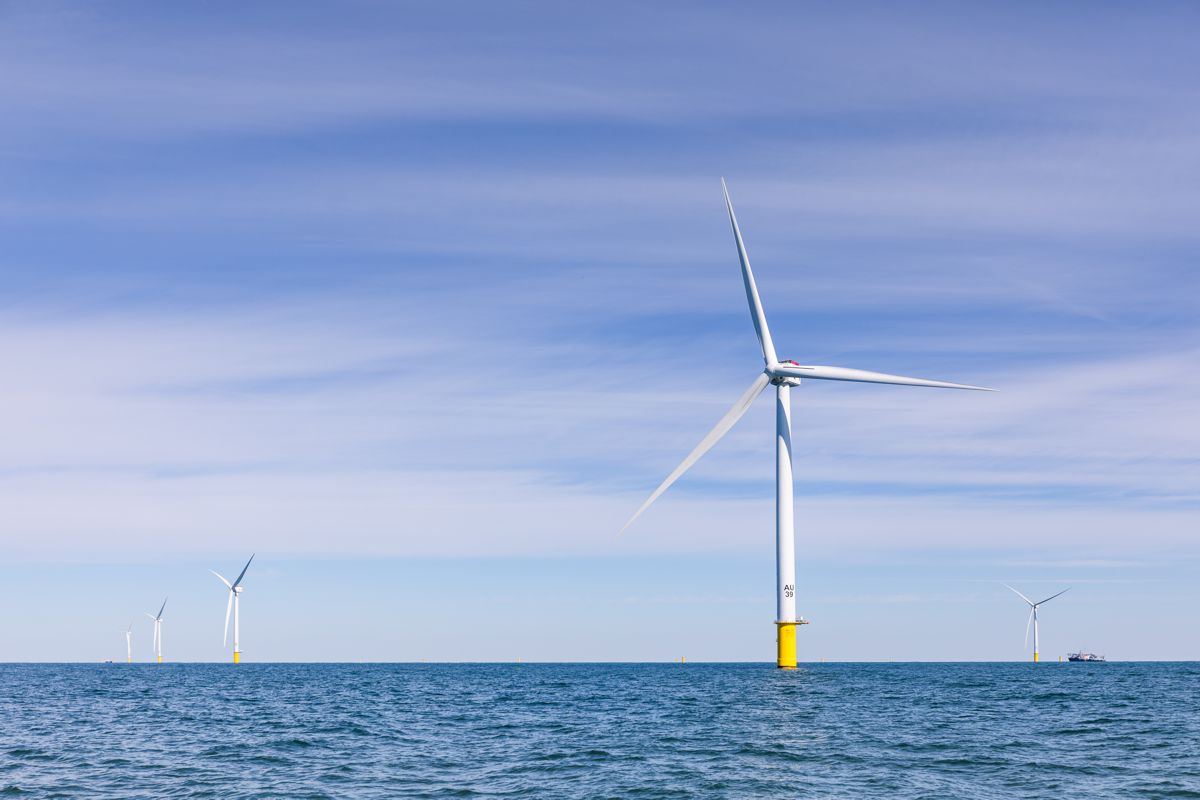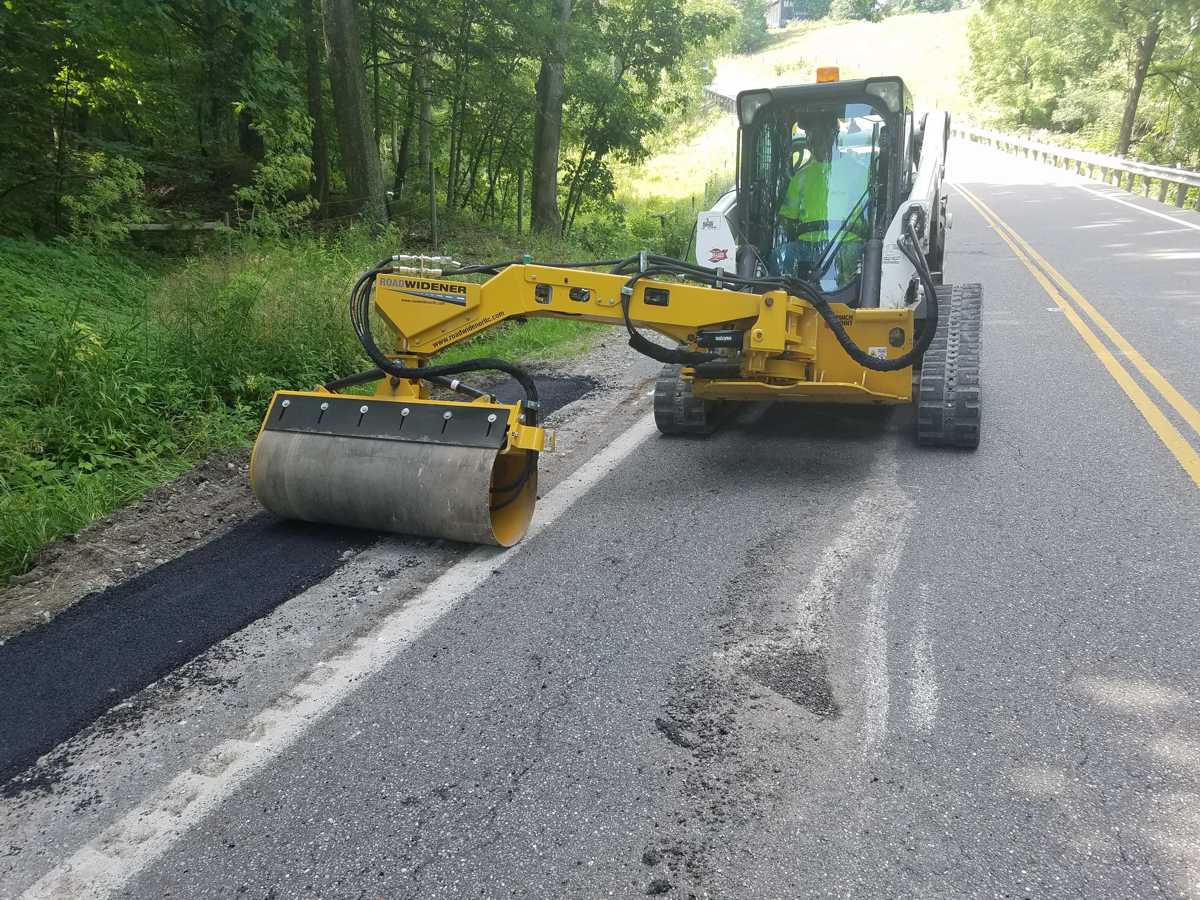Safety first for Florida’s I-4 reconstruction
Floridians are looking forward to an increase in both time and safety when the $2.3 billion I-4 Ultimate interstate megaproject is completed in 2021.
Ashby Cockrell, 68, avoids Florida’s interstate 4 (I-4) whenever he can. To avoid the traffic and accidents that plague the highway system, he prefers to take other tolled roads around the city of Orlando, Florida, adding to his commute time but reducing the stress of driving on the congested highway. He’s lived in the city since 1991, when he moved from Virginia to the Sunshine State, so he has seen the city experience a steady population boom — and the traffic that comes with it.
“I-4 has never been able to keep up with the number of people coming for tourism or to live here,” he explained. “With Walt Disney World and the other attractions bringing tourism, there is always a lot of traffic. I’d rather drive on other streets around the city than deal with I-4.”

When Cockrell heard that a new I-4 Ultimate megaproject was going to construct an all-new, 21-mile corridor from west of Kirkman Road in Orange County to east of State Road 434 in Seminole County, he immediately began to look forward to the day that he could travel through the city more quickly and in a safer fashion. The tolled dynamic expressways that the project will feature particularly caught his interest. The new roadway will have two express lanes in each direction that drivers can use to save time, if they’re willing to pay a fee for the privilege.
“I’m at an age where my time is the most important thing to me,” he said. “I will gladly pay to use the express lanes to avoid traffic and accidents if it means I can get to where I need to go faster. My wife and I are really looking forward to using the new interstate when it opens and we will definitely be using the express lanes.”
These express lanes increase traffic flow by letting users bypass sections of the interstate where they won’t need to turn off of the road, avoiding the merging that occurs when others get on or off the highway. It is a design feature that has evolved from the older methods of using carpool lanes or other types of non-tolled express lanes that commuters have tended to abuse or simply didn’t work well. The new express lanes represent just one of several upgrades to I-4 that will bring it into the 21st century.

Brook Brookshire, project director for SGL Constructors — the construction joint venture of Skanska, Granite and Lane that is overseeing the I-4 Ultimate Improvement Project — said a booming population and aging I-4 infrastructure necessitated a full-scale overhaul of the highway system.
“There has been a lot of growth in Orlando and the surrounding communities. It is the major thoroughfare through Central Florida. We’re talking more than 250,000 vehicles per day that transit through the area,” he explained. “I-4 was built back in the late 50s and 60s to older design standards. We really needed to upgrade all of I-4 to bring it into line with current standards, increase the throughput and relieve some of the congestion through this corridor.”
Tolled express lanes are appearing on highway projects around the world to increase throughput and safety, and they also recover the revenue gained from gasoline taxes, which are dwindling and may someday disappear. They work via a transponder system so that motorists don’t need to slow down to pay the lane fee. For an additional benefit, these taxes help pay for the roadways and highway services that Floridians have come to depend on.
“By adding additional express lanes, we’re going to generate throughput. You can use the general use lane for normal, everyday use, but if you want to get somewhere faster, if you have a need to move through the corridor a little quicker, you have options,” Brookshire said. “You can get onto the express lanes, and yes, it is tolled, and you’re paying for an extra service, but that service also is paying for all of the general use lanes that are being provided.”

Safety equals success
Cy Wynn doesn’t like using the fast lane on Florida’s I-4. The 31-year-old drives on the highway nearly every single day, commuting among the several restaurant locations he manages for a regional diner chain. His work finds him traveling back and forth from Daytona to Orlando, Florida, a significant portion of the roadway that I-4 traverses in the state. The Daytona resident cites safety as his biggest concern and is looking forward to the new I-4, that has put a premium on the well-being of motorists.
“I see accidents every day. I’m cautious and not so quick to jump in the fast lane — I’m scared of that left lane,” he joked. “People speed too often, no matter what time of the day. It’s pretty bad, especially around Disney World and the other tourist outfits. You have to understand that you’re driving for everyone, not just yourself.”
The new I-4 will feature many cutting-edge improvements that should ease Wynn’s mind. The sharp turning radiuses and ever-changing slopes in elevation that define the previous design are being transformed, with curves being straightened and roadways being leveled. When drivers travel in more of a straight line with less changes to the terrain, they’re less likely to become involved in an accident. And this application will become true over time, as distracted driving rises with the increasing presence of cell phones in vehicles.
The project is also widening margins on the sides of the interstate, and creating redesigned merging lanes for accessing and leaving the highway that will reduce the hiccups that often cause accidents. Concrete barrier walls will separate tolled lanes from general-use lanes, and a dedicated team of ‘Road Rangers’ is going to assist motorists who have broken down or have been in an accident – and quickly get them out of the flow of oncoming traffic.

“As you drive through the corridor, you deal with sharp curves, old design standards and really slow speeds,” Brookshire explained. “From a safety standpoint, the new corridor is going to be much better than what we have today, with upgraded shoulders, super elevations and higher travel speeds through the area. Major improvements all around.”
For Floridians like Cockrell and Wynn, the I-4 Ultimate Improvement Project will certainly be a game-changer. With improved traffic flow and increased safety, they will safely get to where they need to go in less time than ever before.
“I’m hopeful about the new project,” Wynn said. “if you’re doing a lot of work and need to go back and forth on the highway, you don’t want to worry. You don’t want to think about crashes and delay times. That takes away from your whole day. If the new system will help us transport faster and safer, I think that will be a good thing.”








